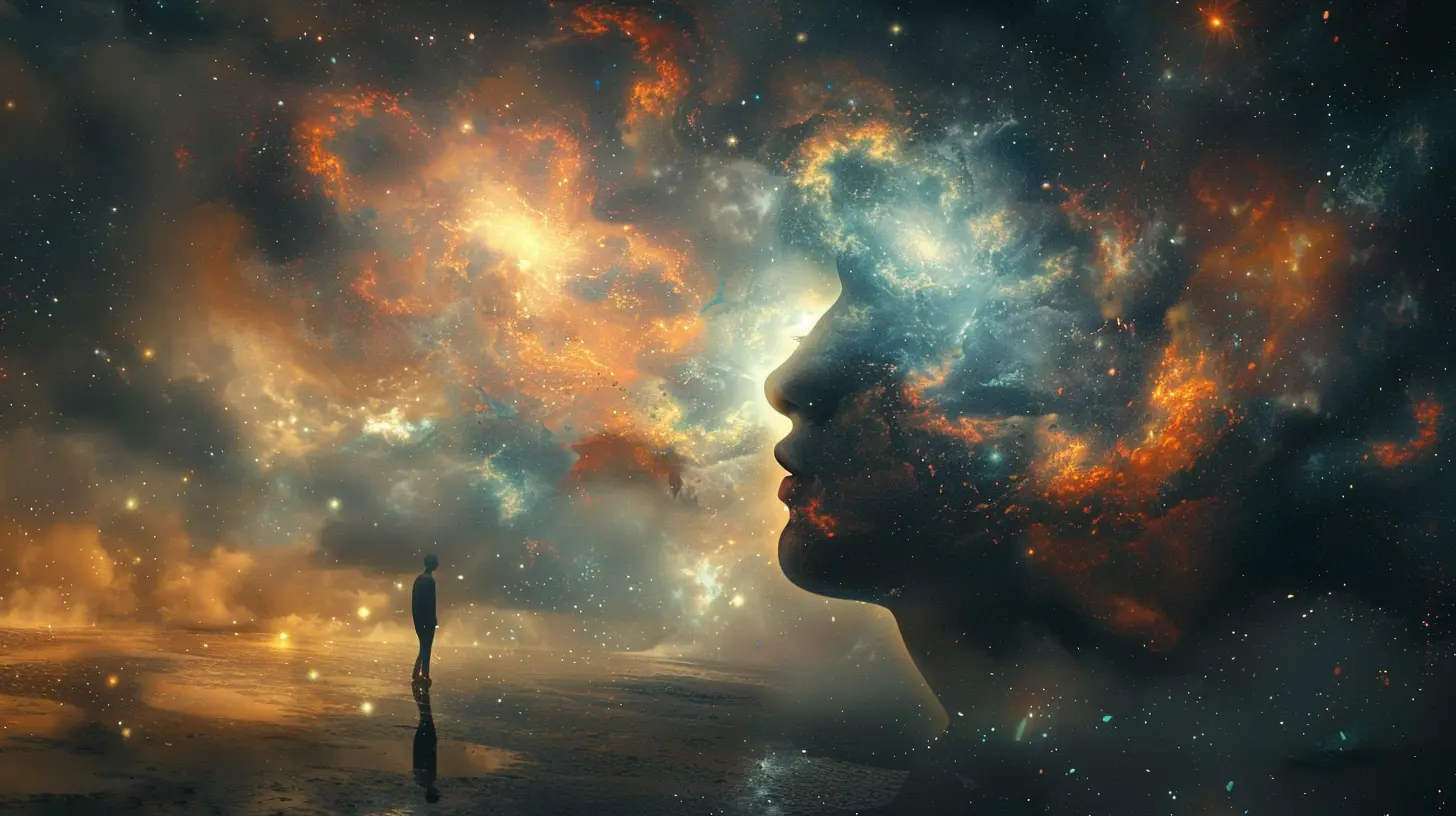The Role of Dreams in Psychoanalysis: What Do They Really Mean?
21 May 2025
Have you ever woken up from a bizarre dream and wondered, What the heck was that all about? You’re not alone. Dreams have fascinated humans for centuries, but it was Sigmund Freud who first suggested that they might be the key to unlocking our unconscious mind.
Psychoanalysis, a branch of psychology that delves into the depths of human thought and emotion, places a strong emphasis on dreams. But what do they really mean? Are they just random brain activity, or do they reveal hidden truths about our desires, fears, and emotions? Let’s dive deep into the world of dreams and psychoanalysis.
Understanding Psychoanalysis and Dreams
What is Psychoanalysis?
Before we jump into dreams, let’s quickly break down psychoanalysis. Developed by Sigmund Freud in the late 19th century, psychoanalysis is a theory and therapy method that aims to bring unconscious thoughts to the surface. Freud believed that many of our thoughts, desires, and fears lurk beneath the conscious mind, influencing our behavior in ways we don’t even realize.How Do Dreams Fit Into Psychoanalysis?
Freud saw dreams as the "royal road to the unconscious." He believed that dreams offer a glimpse into our deepest wishes and conflicts, disguised in symbolic form. According to him, every dream has meaning—it’s just not always obvious.He divided dreams into two levels:
1. Manifest Content – This is the actual storyline of the dream, the part you remember when you wake up.
2. Latent Content – This is the hidden, symbolic meaning behind the dream. Freud believed that our unconscious disguises our true desires through symbols to protect us from anxiety or discomfort. 
The Meaning Behind Dreams: Freud vs. Modern Psychology
Freud’s Interpretation of Dreams
Freud’s theory of dream interpretation revolves around repressed desires. He proposed that things we suppress in waking life—whether out of fear, guilt, or social norms—manifest in our dreams in a symbolic way.For example, Freud famously suggested that dreams often have sexual and aggressive themes. A seemingly innocent object in a dream might actually represent something far more complex. (Yes, Freud believed that sometimes, a cigar was not just a cigar.)
Some of the most well-known symbols in Freudian dream analysis include:
- Flying – A representation of freedom or escaping a situation.
- Teeth Falling Out – Anxiety about appearance, fear of aging, or concerns about communication.
- Being Chased – Avoidance of a real-life problem or personal conflict.
- Water – This often signifies emotions, with calm waters reflecting peace and rough waters indicating turmoil.
Jung’s Perspective on Dreams
While Freud believed dreams were heavily rooted in repressed desires, his protégé-turned-rival, Carl Jung, had a different take. Jung saw dreams as messages from the unconscious that help guide personal growth.He introduced the idea of archetypes—universal symbols appearing in dreams that represent fundamental human experiences. For example:
- The Shadow – The dark, hidden side of your personality.
- The Anima/Animus – The feminine side within men and the masculine side within women.
- The Self – The ultimate version of yourself striving for wholeness.
Unlike Freud, Jung believed dreams weren’t just about repressed desires but also about problem-solving, self-discovery, and personal development. 
Why Do We Dream? Theories Beyond Freud
Freud’s and Jung’s theories were groundbreaking, but modern psychology has expanded our understanding of dreams. Today, there are several other explanations:1. The Information Processing Theory
This theory suggests that dreaming helps us process daily experiences. While we sleep, our brain organizes and sorts out everything we’ve learned, strengthening memories and making sense of emotions.2. The Activation-Synthesis Theory
Proposed by Harvard researchers in the 1970s, this theory claims that dreams are just the brain’s way of making sense of random neural activity during sleep. In other words, dreams could be a byproduct of brain function rather than deeply meaningful messages.3. The Threat Simulation Theory
Some researchers suggest that dreams exist to help us rehearse survival strategies. Ever had a dream where you were running from danger? This theory proposes that such dreams prepare us for real-life threats.While these modern theories challenge Freud’s idea that all dreams are symbolic, they don’t completely dismiss the possibility that some dreams may carry deeper meaning. 
Can Dreams Reveal Hidden Desires?
This is where things get interesting. While not every dream has a hidden meaning, some dreams do seem to reflect personal struggles or suppressed emotions.Think back to a recurring dream you've had. Maybe you’re lost in a maze, or perhaps you keep dreaming about an old relationship. Chances are, something in your waking life is triggering these dreams.
Freud believed that even nightmares could be a way for our unconscious to communicate with us. Instead of ignoring them, he suggested analyzing their symbolism to uncover hidden anxieties and conflicts.
Have you ever noticed that when you're stressed or anxious, your dreams become more intense? That's the unconscious mind at work, trying to process unresolved thoughts.
How to Analyze Your Own Dreams
If dreams are indeed a window into the unconscious, how can you interpret them? Here are some steps inspired by Freud’s psychoanalytic methods:1. Keep a Dream Journal
Write down your dreams as soon as you wake up. Over time, you may notice patterns or recurring symbols.2. Identify Key Symbols
Look for recurring objects, people, or themes. Ask yourself: What does this symbolize in my waking life?3. Consider Your Emotions
How did the dream make you feel? Your emotions can be just as important as the imagery itself.4. Connect It to Your Life
Is something happening in your daily life that resonates with the dream’s themes? Stress, anxiety, or even suppressed desires can influence dreams.5. Think Like Freud (But Not Too Much)
While not everything is a hidden desire, some elements of your dream might symbolize deep emotions you've pushed aside.Final Thoughts
Dreams remain one of the most intriguing aspects of human psychology. Whether you follow Freud’s theory that dreams reveal repressed desires, Jung’s belief in archetypes, or a more modern approach, there’s no denying that dreams can be deeply personal and meaningful.So the next time you wake up from a strange dream, don’t just brush it off. Take a moment to reflect—your subconscious mind might be trying to tell you something important.
Sweet dreams!
all images in this post were generated using AI tools
Category:
PsychoanalysisAuthor:

Jenna Richardson
Discussion
rate this article
3 comments
Zealot Warner
Dreams whisper the secrets of our subconscious, weaving intricate tapestries of desire and fear. In the labyrinth of psychoanalysis, each symbol beckons us to explore hidden truths. What if your dreams hold the keys to understanding the enigmas of your waking life?
June 5, 2025 at 3:32 PM

Jenna Richardson
Thank you for your insightful comment! Dreams indeed serve as vital gateways to understanding our inner selves, revealing the complexities of our desires and fears that shape our waking reality.
Priscilla Bellamy
Dreams reveal our subconscious desires—essential for understanding ourselves deeply.
May 26, 2025 at 2:35 PM

Jenna Richardson
Thank you for your insightful comment! Indeed, dreams can provide valuable insights into our subconscious, helping us explore and understand our deeper desires and emotions.
Idris Pacheco
This article beautifully highlights the profound connection between dreams and our subconscious. Understanding their meanings can offer invaluable insights into our emotions and behaviors. Thank you for sharing this enlightening perspective!
May 21, 2025 at 4:15 AM

Jenna Richardson
Thank you for your thoughtful comment! I'm glad you found the connection between dreams and the subconscious insightful.



